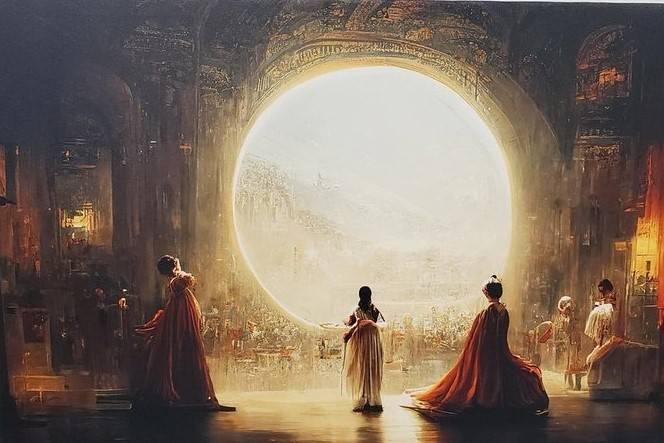Text-to-image AI systems are trained on billions of pairs of images and text descriptions, which they mine for visual patterns, the report said…reports Asian Lite News
A game designer has won the Colorado State Fair’s fine art competition using an AI-generated piece of art in the US, which has created a stir among other artists who have accused him of accelerating the death of creative jobs.
According to The Verge, the artwork titled “Theatre d’Opera Spatial”, which Jason Allen submitted for the Colorado State Fair fine arts competition under the category “Digital Arts/Digitally-Manipulated Photography”, was made using the well-known text-to-image AI generator Midjourney.
Since most people are unfamiliar with how text-to-image AI generators function, many users claimed that Allen had been dishonest in submitting the work.
This claim was made in response to a widely shared tweet about Allen’s victory.
However, Allen has defended himself and said: “I wanted to make a statement using artificial intelligence artwork.”
“I feel like I accomplished that, and I’m not going to apologise for it,” the report quoted him as saying to The Pueblo Chieftain.
Text-to-image AI systems are trained on billions of pairs of images and text descriptions, which they mine for visual patterns, the report said.
Users then feed them text descriptions known as prompts, and the software generates an image that matches this description based on its training data, it added.
This distinction of not using the traditional way of creating digital art has caused controversy on Twitter where artists and art enthusiasts accused Allen of hastening the death of creative jobs.
Users from both sides, in favour and against AI-generated art, put forward their points on social media. One user claimed that comparing the use of AI to the advent of photography is a gross minimalisation of issues and AI will cost millions of entry-level jobs for artists.
“We’re watching the death of artistry unfold before our eyes,” a Twitter user wrote warning that even creative and high-skill jobs are at risk of becoming obsolete due to automation.
Some even argued that art generated by AI is devoid of any meaning as there is no active thinking of an artist involved.
Allen has responded to the criticism on the Midjourney Discord server. He said people on Twitter who are against AI-generated art are discrediting the human element which is hypocritical.
As per the Vice report, he insists that his input was key to the final piece that won the prize. Despite the controversy, the win has only encouraged Allen and emboldened his mission, he said.
ALSO READ-Airtel unveils next-gen Cloud solutions


